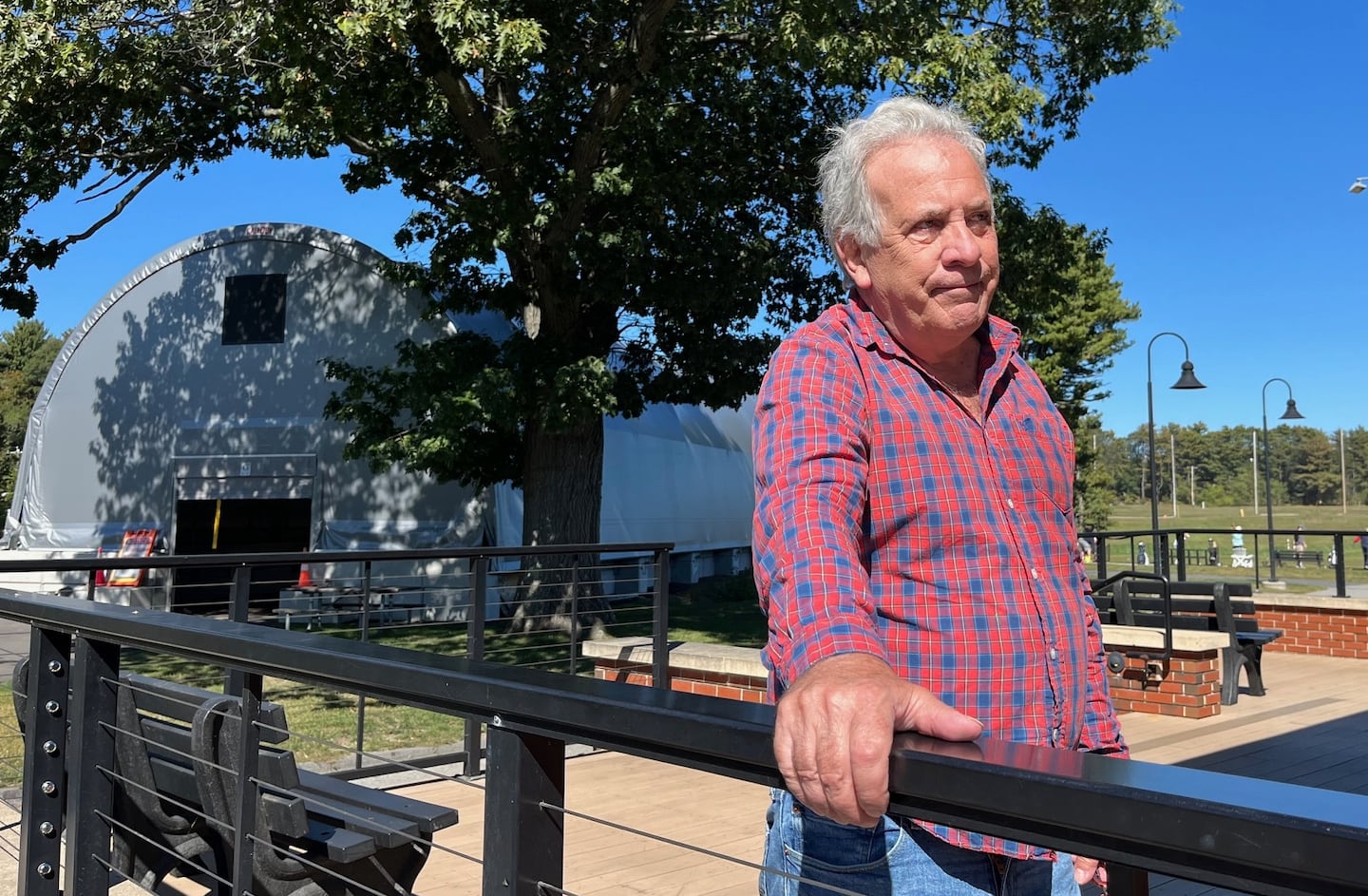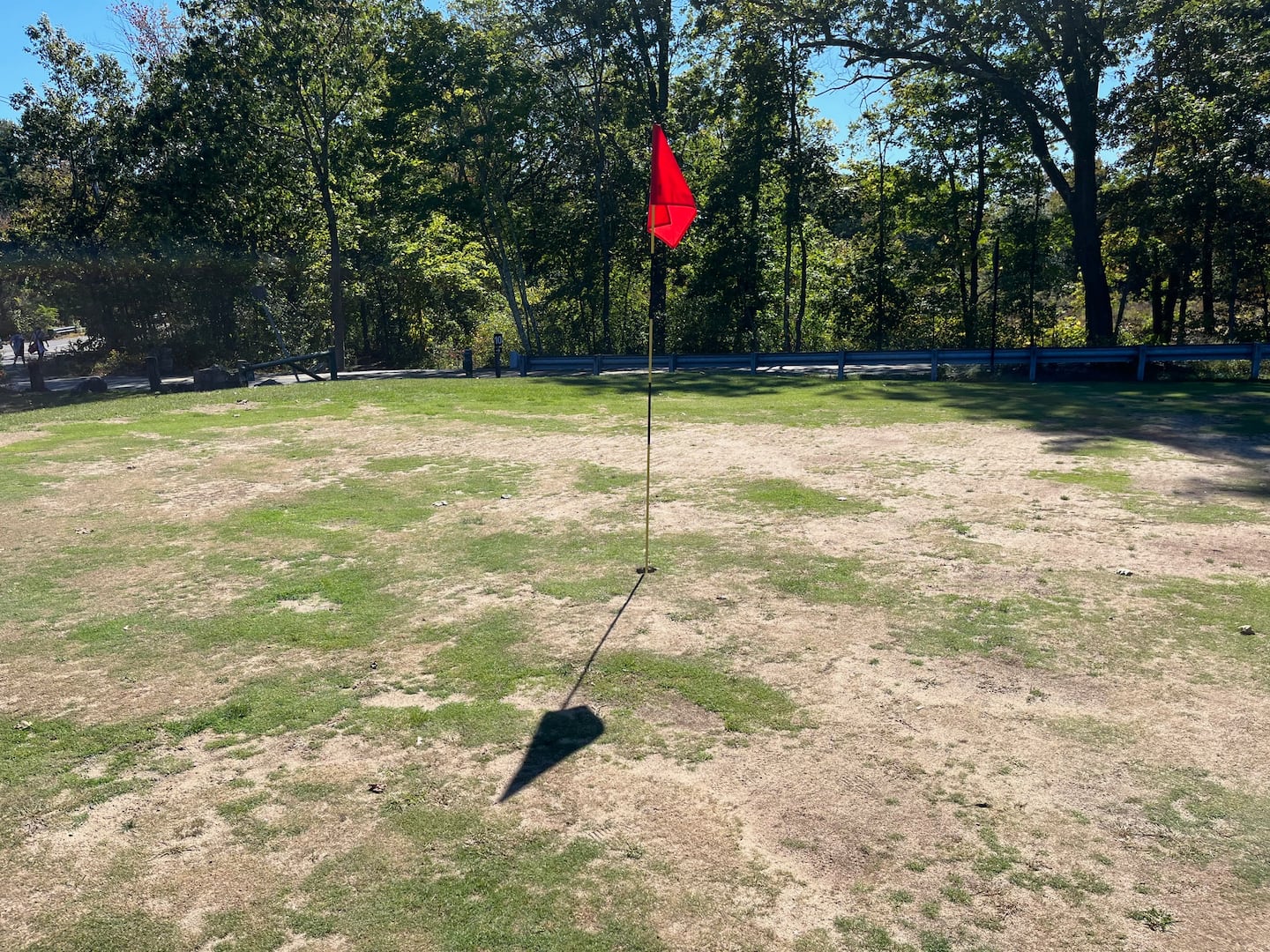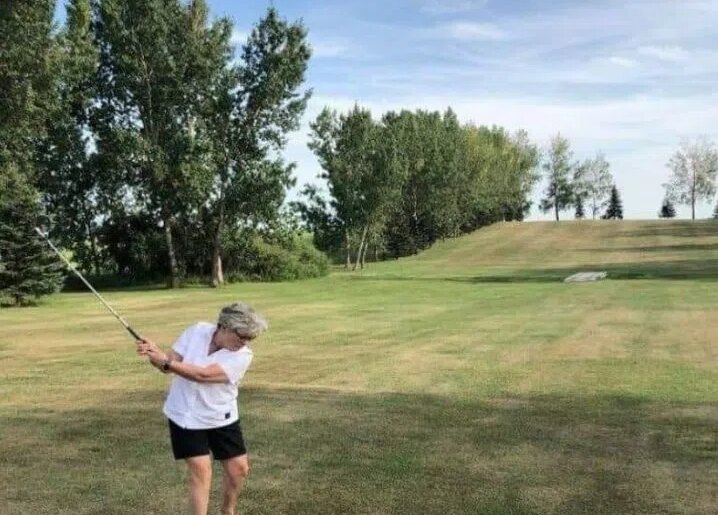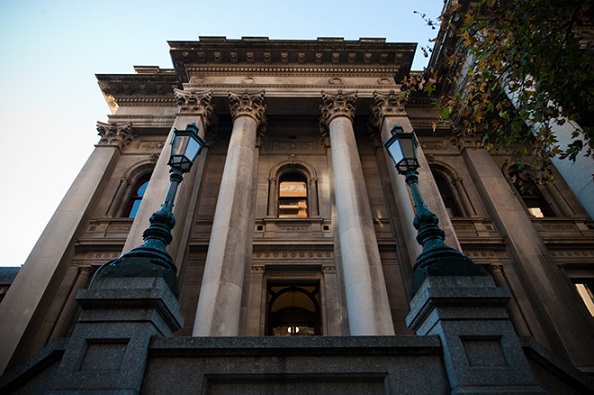In August, a website called My Golf Spy pronounced the Leo J. Martin the worst golf course in the United States. Massachusetts had the dubious distinction of having three of the top 10 worst courses in the US, according to My Golf Spy.
Ponkapoag Golf Course in Canton, the state-run course affectionately known by weekend hackers as Ponky, came in at No. 5, while Norwood Country Club, is listed at No. 3.
At least Ponky can claim being part of a literary tradition, after a marvelous sportswriter named Rick Reilly wrote a very funny and perceptive 1996 novel, “Missing Links,” based on a group of middle-aged friends who played regularly at Ponky and schemed to sneak onto a snooty private club.
In fairness, the metrics used by My Golf Spy to make these assessments are not exactly scientific. They reached their conclusions after scouring social media sites for ratings and comments.
The comments about Ponky, Norwood, and the Martin were particularly harsh.
On Ponky: “This place wouldn’t even qualify as a goat track. I wouldn’t play here if I was paid.”
On Norwood: “Calling this a ‘country club’ is like calling Burger King fine dining.”
On the Martin: “Cannot call this place a golf course. Greens and tee boxes are nonexistent. Some of the holes are just fairway with a flag in the center. Fairways resemble a stony beach. Perfect place to twist an ankle. Wouldn’t play it again for free.”
Dispensing a snark that left teeth marks, My Golf Spy declared, “With an astonishingly low Google rating of 2.7, Leo J. Martin is only considered a golf course because it calls itself one.”
Well, perhaps because I have a soft spot for underdogs, I played Leo J. Martin last week with my son. The greens fees for 18 holes for me, as a senior, were $17, which wouldn’t buy you a sandwich at one of the private clubs. My son’s were $27. Same price as Ponky. The greens fees at Norwood, which is privately owned, are $37 to $46, and $34 to $43 for old farts like me, which is considerably more than the state-run courses. Carts will set you back more.
Still, calling them greens fees is a tad misleading because, um, the greens at the Martin are actually browns.
But, in golf, as in everything in life, you get what you pay for. Private clubs charge tens of thousands of dollars just to have the privilege to join and tens of thousands more every year for those manicured greens and fairways.
Public courses like the Martin and Ponky have different missions. And there’s nothing wrong with that.
I cannot, in good conscience, refute any of the harsh reviews about the Martin. The course is not in good shape, needs more tender loving care, and certainly more fertilizer; the rounds can be long, as there aren’t many low handicappers playing there.
Still, I have not come here to bury the Leo J. Martin, but to praise it. It is a reasonably priced option for people who don’t have the financial resources to join a private club or have friends that do have the money and invite you to play a round occasionally.
Alexis Kissam, who lives in Wellesley, which along with Newton and Weston is one of the three towns the Martin straddles, brought her son Freddy and his buddy Roman Coffey, both 9, to play last week.
“They’re just learning, so this is a great place for them,” she said. “We had so much fun. It’s a great place to learn the game. And everyone who works here couldn’t be nicer.”
 Martin Hanley, a supervisor at the Leo J. Martin golf course in Weston, is proud of the culture and people at the course.Kevin Cullen/Globe Staff
Martin Hanley, a supervisor at the Leo J. Martin golf course in Weston, is proud of the culture and people at the course.Kevin Cullen/Globe Staff
That made Martin Hanley smile. Hanley is a supervisor at the Martin, and he acknowledged that the negative attention the course has received since the website declared it the worst course in America stings.
“I don’t think it’s fair,” he said, “and I don’t think you can judge a golf course, or anything for that matter, by consulting social media.”
He got that right. Mostly, though, Hanley was saddened that the negative reviews of the Martin lack balance and perspective.
“We have a great culture here,” he said. “There are lot of good people who work here and who play here. We serve the community.”
As if to underscore that point, as Hanley spoke outside the clubhouse, a golf program for autistic people was being conducted over his shoulder.
Hanley and another supervisor, Vera Rundlett, who took a break moving golf carts around the place to talk, told me they are proud that the Martin attracts people of all social strata, different colors, different cultures, different economic circumstances, different abilities, different but for a shared love of a game once cynically described as a good walk spoiled.
Hanley says there’s a retired physicist from Boston University, in his 90s, who plays regularly. He enjoys talking to Hanley about things other than golf. They talk about life.
“When I get here sometimes, when it’s still dark out, there are people in the parking lot, waiting for it to get light out so they can tee off,” Hanley said. “This place is a gem, if not very polished. A little money, and this place would shine.”
He isn’t wrong. The Martin is like the small, droopy Christmas tree that Charlie Brown gets for the holiday play, and which stands straight and tall after Linus wraps it in his blanket and says, “Maybe it just needs a little love.”
But there is no security blanket looming on the horizon for the Martin. Grass seed, fertilizer, and water cost a lot of money, and while it would be nice to think the Department of Conservation and Recreation would provide that figurative blanket, I wouldn’t hold my breath.
Which is a shame, really. Because, for all the inferior tee boxes, fairways, and greens, the Martin is a fabulous layout, with some really beautiful environs and challenging holes.
It could be spectacular, if the state cared about ordinary people as much as country clubs care about their wealthy patrons.
The other day, my son and I were approaching our second shots on the the fairway of the par-five, 535-yard 4th hole, which looked a bit like a prairie in Nebraska, and watched a flock of geese rise slowly and gracefully, forming a perfect V, before it veered off toward the Charles River.
“That’s another thing about this place,” Martin Hanley told us, after we had finished playing, smiling broadly and folding his arms across his chest. “The nature on this course is amazing. A river runs through it.”
Kevin Cullen is a Globe columnist. He can be reached at kevin.cullen@globe.com.







